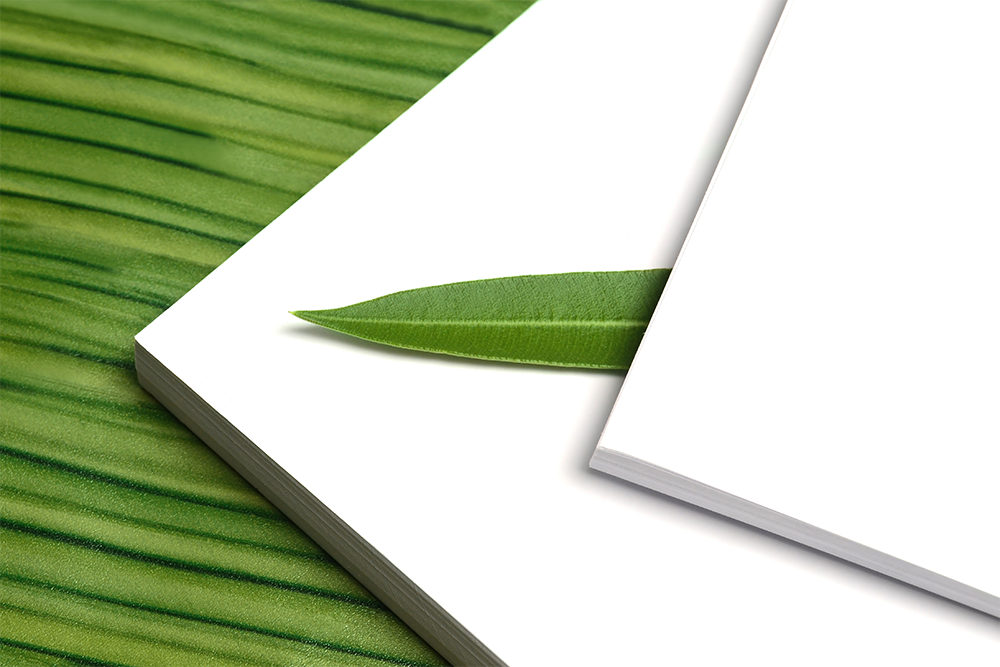In today’s world, where environmental consciousness is at the forefront of many discussions, zero waste greeting card printing emerges as an innovative and necessary approach. As more people and businesses aim to reduce their carbon footprints, the demand for sustainable printing solutions increases. This article delves into the intricacies of creating greeting cards while maintaining a zero-waste philosophy.

Understanding Zero Waste Principles
The concept of zero waste revolves around the idea of reducing the amount of waste produced by reusing resources and recycling materials. In the context of printing, it means minimizing the use of new resources and ensuring that the end product is fully recyclable or biodegradable.
Why Choose Zero Waste Greeting Card Printing?
There are several compelling reasons to opt for zero waste greeting card printing. Firstly, it aligns with the global initiative to combat climate change by lowering carbon emissions. Secondly, it appeals to environmentally conscious consumers who prefer to support businesses that prioritize sustainability. Lastly, it can be cost-effective in the long run as it focuses on resource efficiency.
Materials for Zero Waste Printing
The choice of materials plays a crucial role in achieving zero waste printing. Here are some eco-friendly options:
Recycled Paper
Using recycled paper is one of the simplest ways to ensure sustainability. It reduces the need for virgin paper, thus saving trees and decreasing environmental damage. Companies like Green Printing Paper Options offer a variety of recycled paper products suitable for greeting cards.
Plant-Based Inks
Traditional inks often contain harmful chemicals. Switching to plant-based inks can significantly reduce the environmental impact. These inks are made from natural materials, making them biodegradable and less toxic.
Biodegradable Adhesives
Many greeting cards use adhesives that are not environmentally friendly. Opting for biodegradable adhesives ensures that every part of the card can decompose naturally, contributing to the zero waste goal.
Printing Techniques for Sustainability
The printing process itself can be optimized for sustainability. Here are some practices to consider:
Digital Printing
Digital printing is a modern technique that reduces waste by eliminating the need for setup sheets and plates. It allows for precise printing, reducing the overproduction of materials.
Eco-Friendly Printing Practices
Adopting eco-friendly practices such as using energy-efficient printers and reducing print runs can further enhance sustainability. For more tips, explore Tips for Sustainable Printing.
Designing for Zero Waste
Design plays a vital role in reducing waste. Here are some strategies:
Minimalist Design
A minimalist design not only saves resources but also appeals to modern aesthetics. By using fewer elements, you reduce the amount of ink and material needed.
Print-Friendly Fonts
Choosing fonts that require less ink can contribute to sustainability. Consider fonts recommended by Zero Waste Print-Friendly Fonts.
Eco-Branding
Incorporate eco-friendly branding elements to communicate your commitment to sustainability. This can enhance your brand image and attract like-minded customers. Learn more at Eco-Branding Through Printing.
Challenges and Solutions
While going zero waste is beneficial, it comes with challenges. Here are some common obstacles and their solutions:
Cost Implications
Initial costs for sustainable materials and practices can be higher. However, they often lead to savings in the long term through resource efficiency and customer loyalty.
Limited Availability of Materials
While the demand for eco-friendly materials is growing, they may not always be readily available. Building a network of reliable suppliers can mitigate this issue.
Consumer Awareness
Educating consumers about the benefits of zero waste products can drive demand. Creating informative content and engaging with your audience can enhance awareness.
Conclusion
Adopting zero waste greeting card printing is a significant step towards a more sustainable future. By choosing eco-friendly materials, optimizing printing techniques, and focusing on thoughtful design, businesses can reduce their environmental impact while meeting consumer demands. Embracing these practices not only benefits the planet but also sets a positive example for others in the industry.

FAQ
What is zero waste printing?
Zero waste printing refers to practices that minimize waste production through reusable resources and recyclable materials, ensuring the final product is environmentally friendly.
How can I make my greeting cards more sustainable?
To make greeting cards more sustainable, use recycled paper, plant-based inks, and biodegradable adhesives. Opt for eco-friendly printing techniques and minimalist designs.
Are zero waste materials more expensive?
While the initial cost of zero waste materials can be higher, they often result in long-term savings through efficient resource use and increased customer loyalty.
This article contains affiliate links. We may earn a commission at no extra cost to you.







